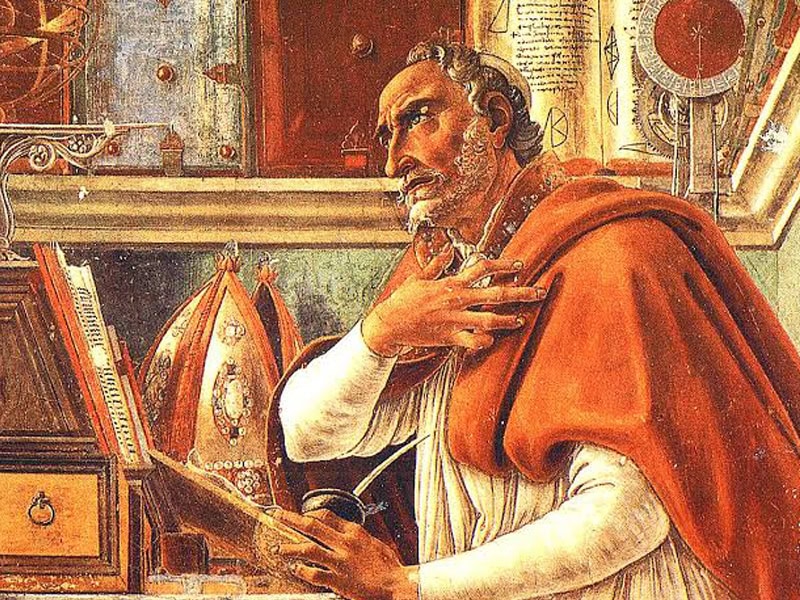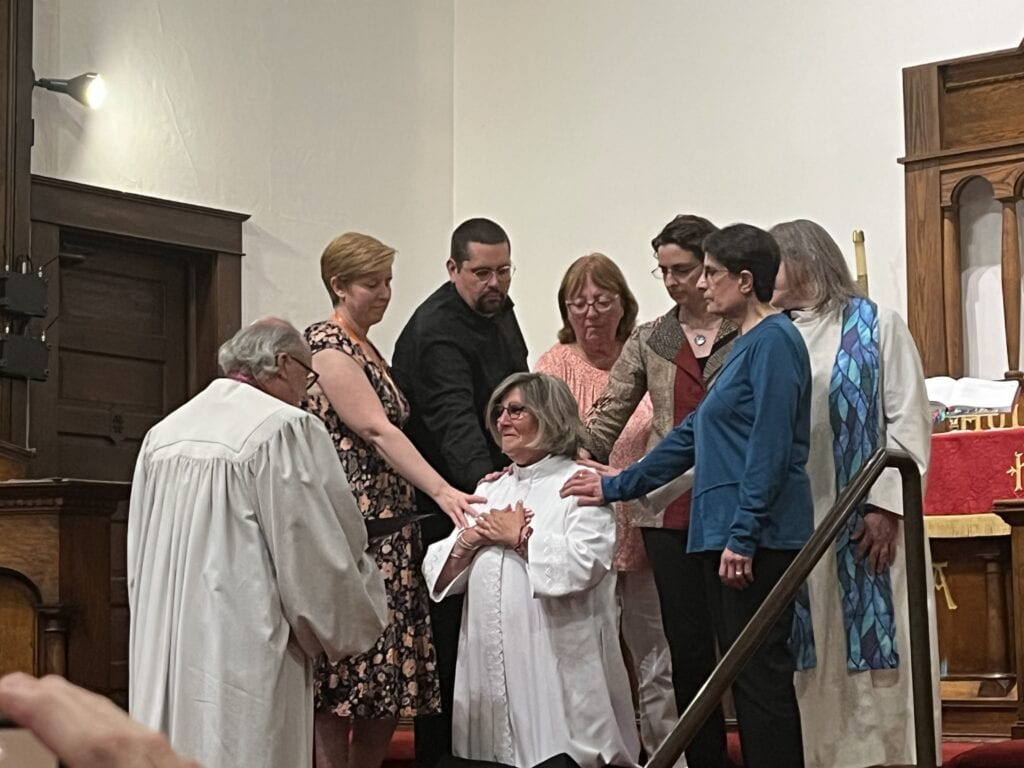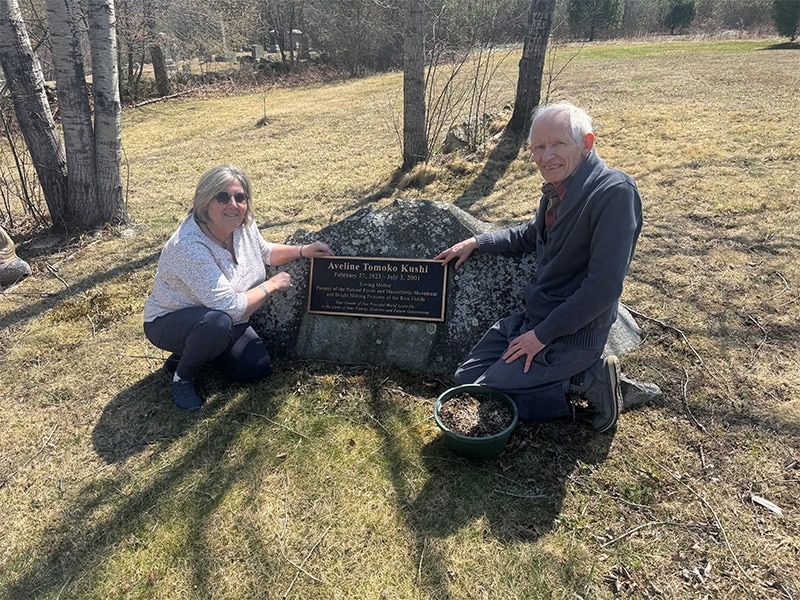By Rev. Dr. Jim Lawrence
Intense emotions concerning public affairs in the past few months have soared to an extent I’ve rarely seen in four decades of ministry. Swedenborg does have something to say to us in our current moment. A message can be heard from Swedenborg in his basis as a “realist” because from his theology he speaks to us about politics on planet earth.
The Nordic sage certainly believed in staying active in civic affairs for the good of society, and he was probably more active than 95% of us since he sat in the House of Nobles in the Swedish parliament. Far from being but a dreamer, Swedenborg cared greatly for social affairs and saw such caring as absolutely required in the spectrum of loving the neighbor. But at the same time, his participation in what might be called the larger government of heaven rendered him quite immune to doom, and he was too clear-eyed for superficial optimism about earthly politics.
His worldview radically depended upon an understanding of divine providence that would never allow evil to “take over” fully, but which also prevented a cockeyed optimism about human utopias in the natural world. This position is called “realism” in political theology, and Swedenborg can not only be placed in the category of political Christian realism, but he somewhat radically evolved what “realism” means in earthly current affairs.
An author with whom Swedenborg differed on many points but for whom he professed much affection was the original Christian realist. That’s St. Augustine who watched Rome burn to the ground in 410 CE. Luther was an Augustinian, and Augustine functioned as a patron saint in the Lutheranism of Swedenborg’s upbringing. We know Swedenborg took great interest in Augustine in his later years, too, because his notebooks reveal notes on twenty-seven different works by the great early church theologian! In the ensuing crisis of the collapse of the Roman empire, Augustine penned his most famous book of all: The City of God. Rome might burn, but the true city is a spiritual one that can never be destroyed.

Augustine shaped a deeply spiritual view about the catastrophe of a collapsing political culture, which he developed by describing a heavenly city that earthly political events cannot destabilize or demoralize. The city of God operates via three biblical truths: the sinfulness of humanity, the freedom of humanity, and the call to living faithfully no matter what is going on. Swedenborg thus stepped into an old Christian realism and added more explicit understanding of the spiritual physics in play for our lives as we move through the natural world for our journey toward eternal life.
Swedenborg clarifies the necessity of facing evil here and the impossibility of evil ever defeating good, and he describes the ever-present dynamic in our living called the equilibrium. Equilibrium is the struggle between evil and good forces within our own souls: one from above and one from below. This intense spiritual exercise room is persistently providentially maintained for the very purpose of spiritual formation, and the way it works is that the tension of equilibrium is maintained at exactly equal forces because in the precise middle of those opposing forces is what in physics would be called perfect rest. In spirituality, it is called human freedom. Maintaining this freedom requires God to preserve a ceiling and a floor for the spiritual gym.
Forget about paradise here, and the same goes for hell, too. We abide in a protected median state of equilibrium where we are constantly dealing with influences toward a higher love for God in healthy communal relationships or away from God toward more aggressive self-serving loves.
It is called realism because it avoids giddy highs or despairing hopelessness. Swedenborg proves the most audacious of the “realist” theologians due to his renowned Big Picture of spiritual worlds superseding and interacting with this natural world. We are encouraged to strive toward loving all levels of the neighbor the best that we can see it and to trust always in the active providence of God. Theologically, that’s as real as it gets.
—Rev. Dr. Jim Lawrence
Read the full issue of the Winter 2025 Messenger

Meet Jim Lawrence
Rev. Dr. Jim Lawrence is the president of the Swedenborgian Church of North America. He was the dean of the Center for Swedenborgian Studies for 21 years prior to being elected President in 2022.



